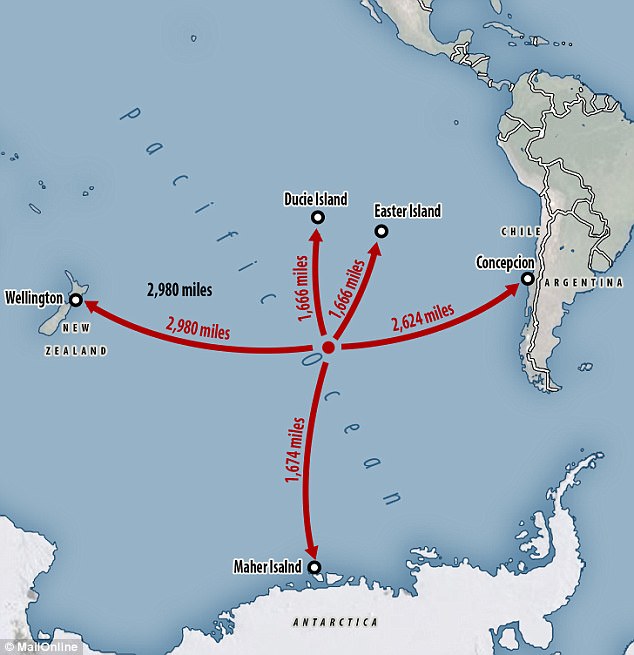7667766266
enquiry@shankarias.in
What is the issue?
What is Tiangong-1?
What happened to it?
What are the concerns with space debris?
What is a spacecraft graveyard?

What could be done?
Source: Indian Express
Quick Fact
United Nations Office for Outer Space Affairs (UNOOSA)
Inter-Agency Space Debris Coordination Committee (IADC)